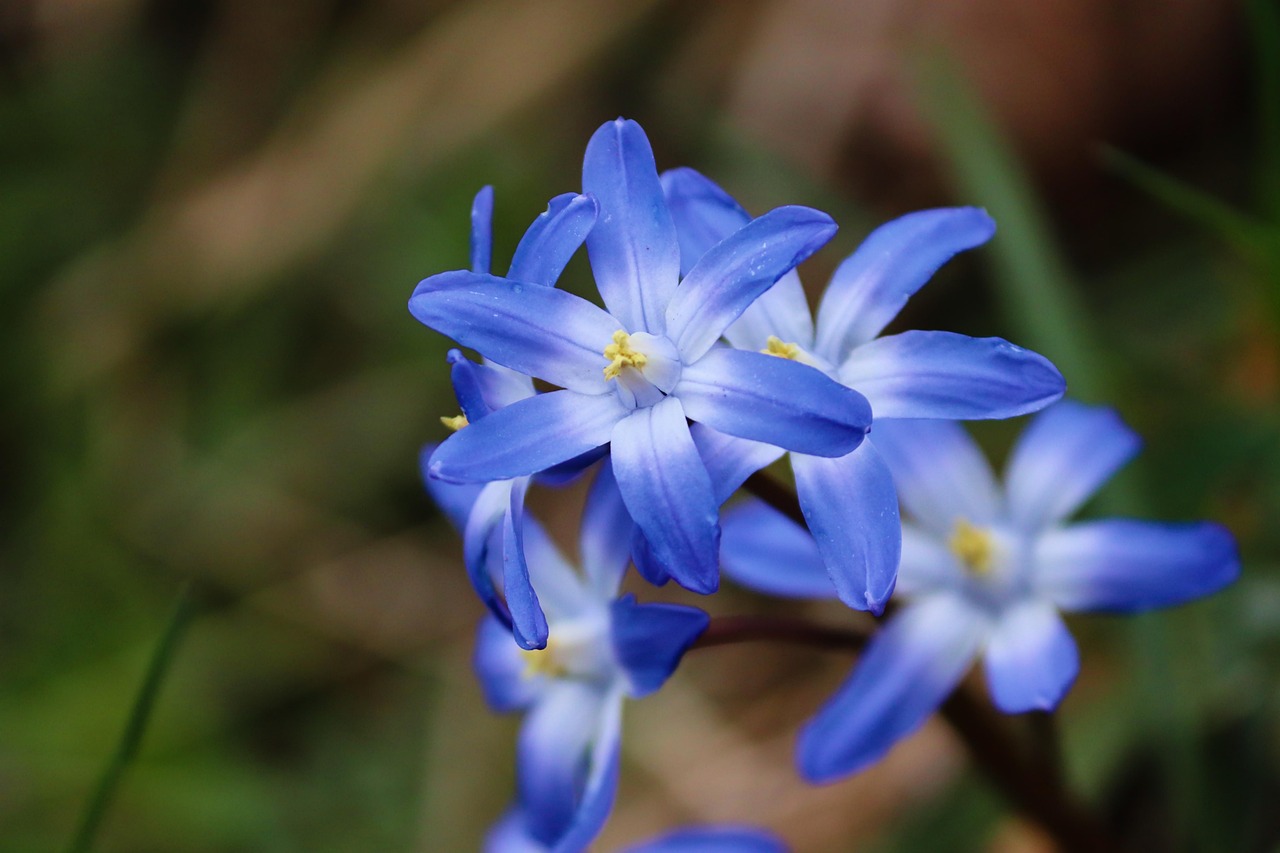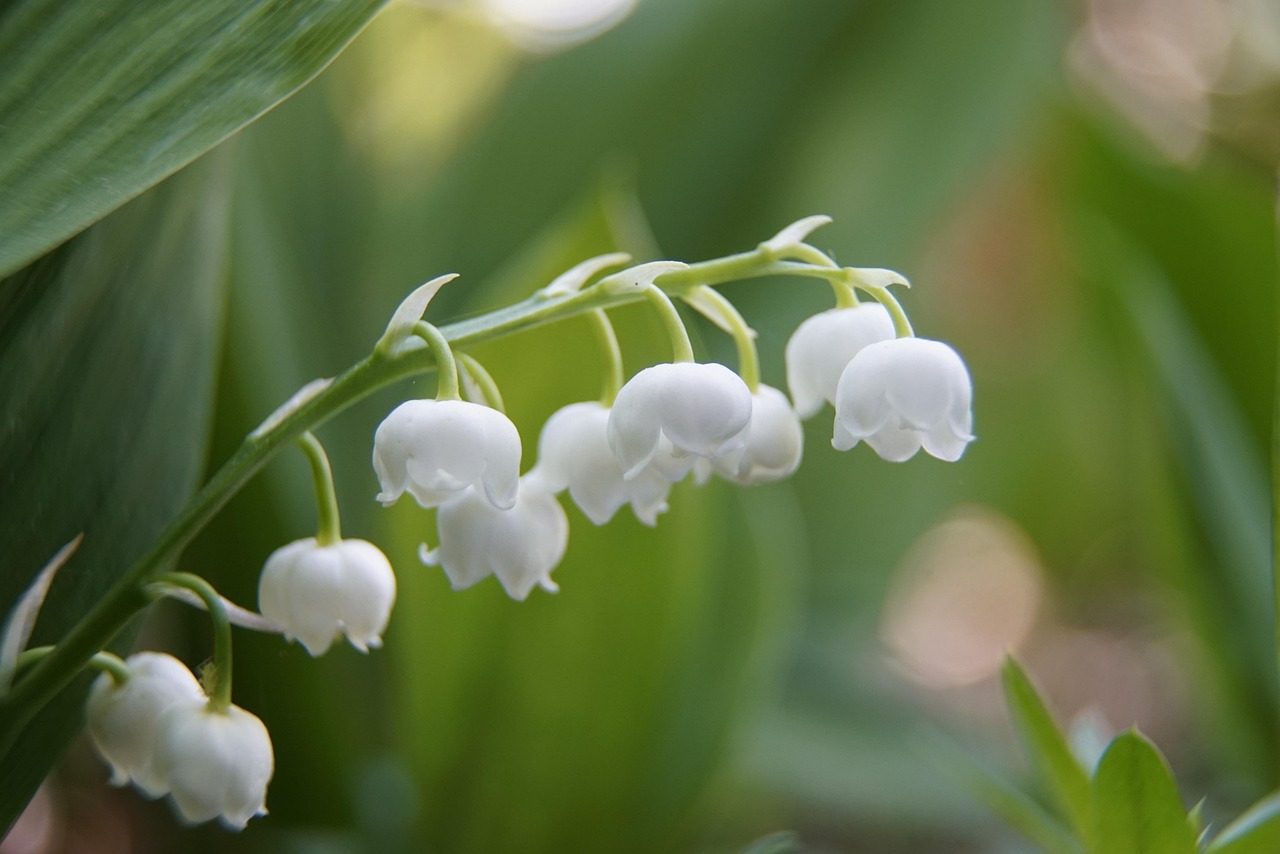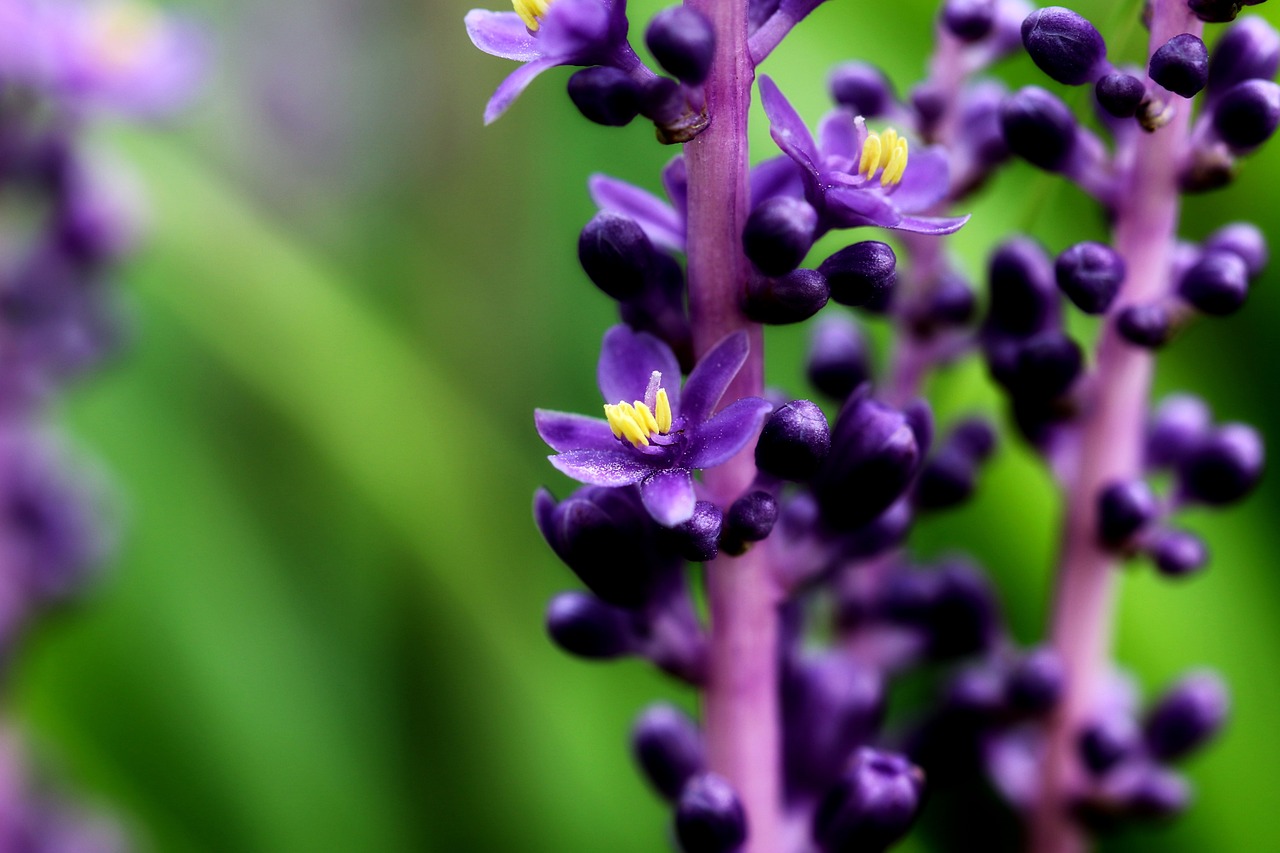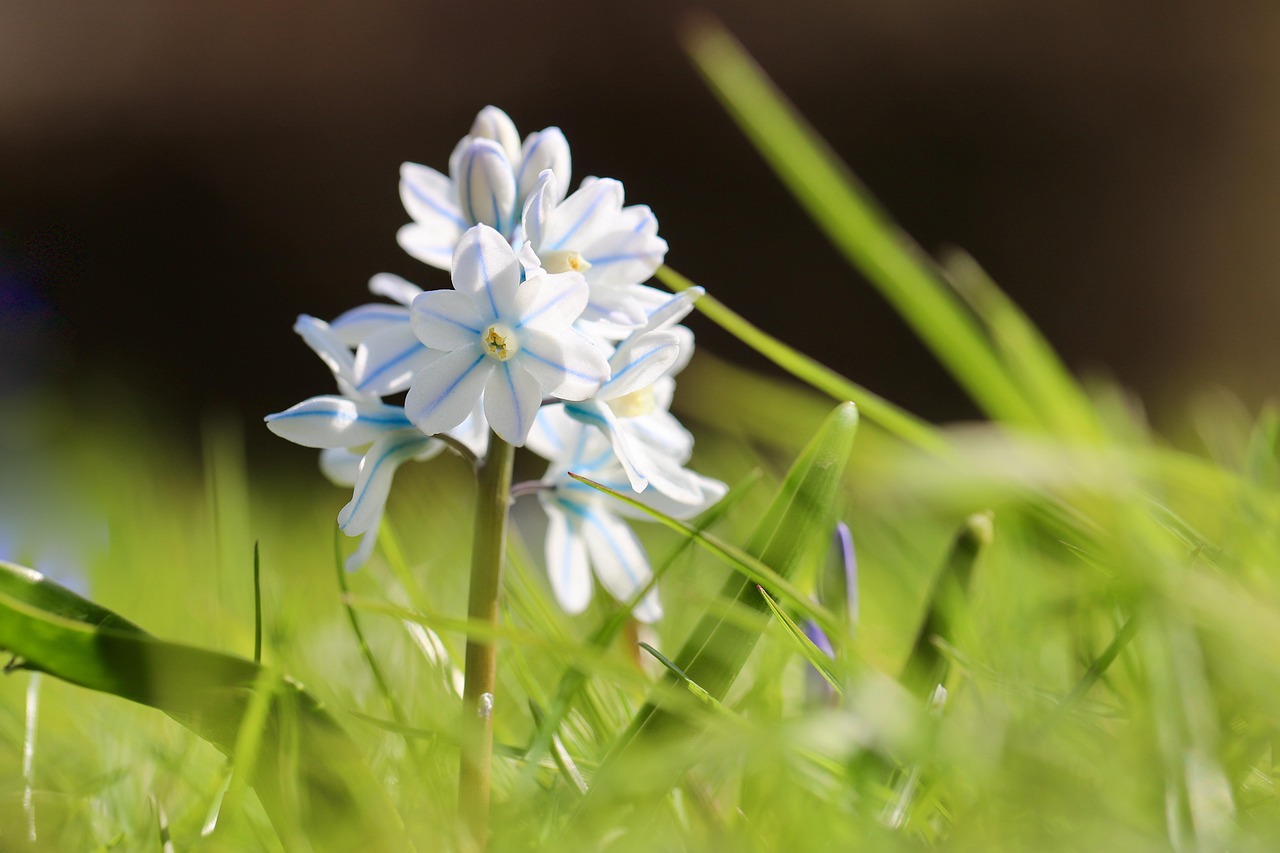Scilla | The Blue Bulb Flower that Colors the European Spring
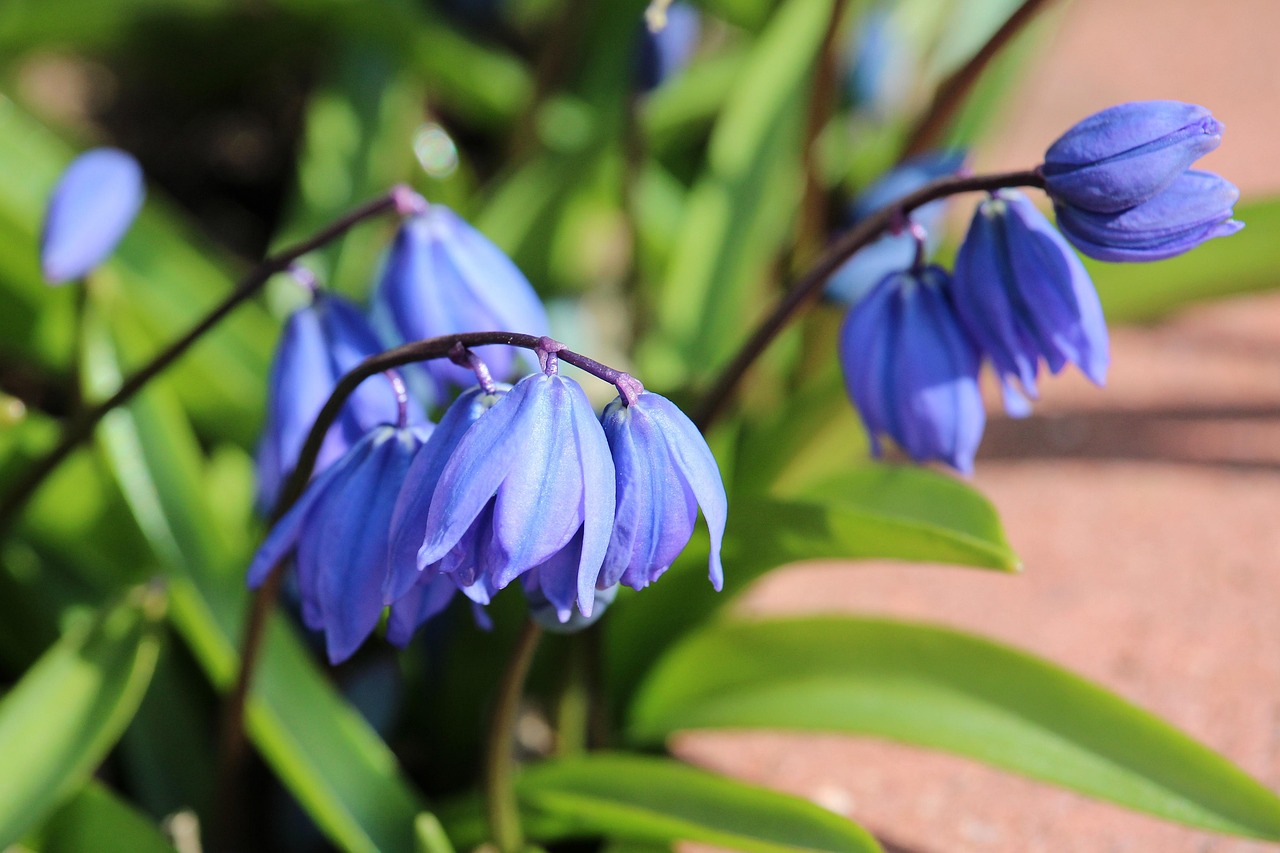
I introduce Scilla, a bulbous plant that produces delicate, star-shaped flowers. Most varieties bloom in shades of blue or purple, adorning gardens from spring to early summer. Known for their cold hardiness and ease of cultivation, they are cherished in many regions.
In this article, I will explain in detail the basic information about Scilla, its cultural and historical background, and how to grow it.
Basic Information
- Scientific name: Scilla spp.
- Family: Asparagaceae
- Origin: Europe, Asia, Africa
- Appearance: Slender leaves with flower stalks that bear numerous small star-shaped blossoms. Blue and purple are most common, but white and pink varieties also exist.
- Blooming season: From spring to early summer, though some species may bloom in autumn.
Cultural Significance Around the World
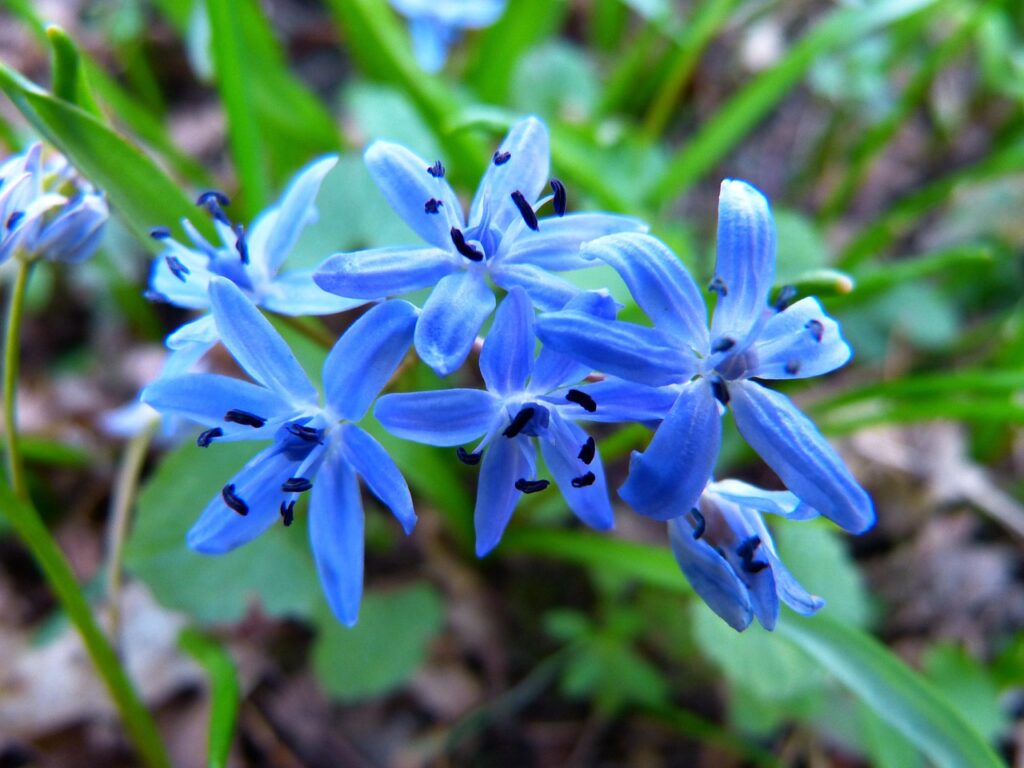
Scilla has been appreciated since ancient times, particularly in Europe, and carries symbolic meanings.
In Greece and Rome, the beautiful blue blossoms symbolized sincerity and trust, often used in poetry and decoration.
In medieval Europe, Scilla was believed to have protective powers and was sometimes planted around houses.
In France and England, Scilla is regarded as a harbinger of spring. Its blue flowers symbolize hope and renewal, making it a popular choice in gardens and parks.
In Germany, Scilla is called the “blue star” and is associated with purity and tranquility.
Historical Episodes
Scilla has been known since ancient Greece, and its name derives from the Greek word skilla (“poison”), referring to the toxic compounds found in some wild species.
The plant was used in medicines and rituals, and it appears in the writings of the philosopher Theophrastus.
In the 18th century, Scilla’s beauty gained attention in Europe, leading to horticultural improvements. In the Netherlands and England, bulb gardens became fashionable, and Scilla was widely cultivated.
By the 19th century, it was also popular in Eastern Europe, including Russia, and was planted in vast gardens and parks.
Gardening Advice
Scilla is a hardy plant that blooms beautifully every year when given the right environment.
Sunlight
Prefers sunny to partially shaded areas. Morning light is ideal, while avoiding harsh direct sunlight.
Watering
Water moderately during the growing season, avoiding excess moisture. In the ground, rainfall is usually sufficient; in pots, water when the soil surface dries.
Soil
Well-drained soil is essential. A light, humus-rich or sandy soil supports healthy root growth.
Fertilizer
Apply bulb fertilizer during the growing season before blooming. Avoid excess fertilizer, which promotes leaves over flowers.
Cold hardiness
Strongly resistant to cold. In colder regions, potted plants should be protected from frost.
Conclusion
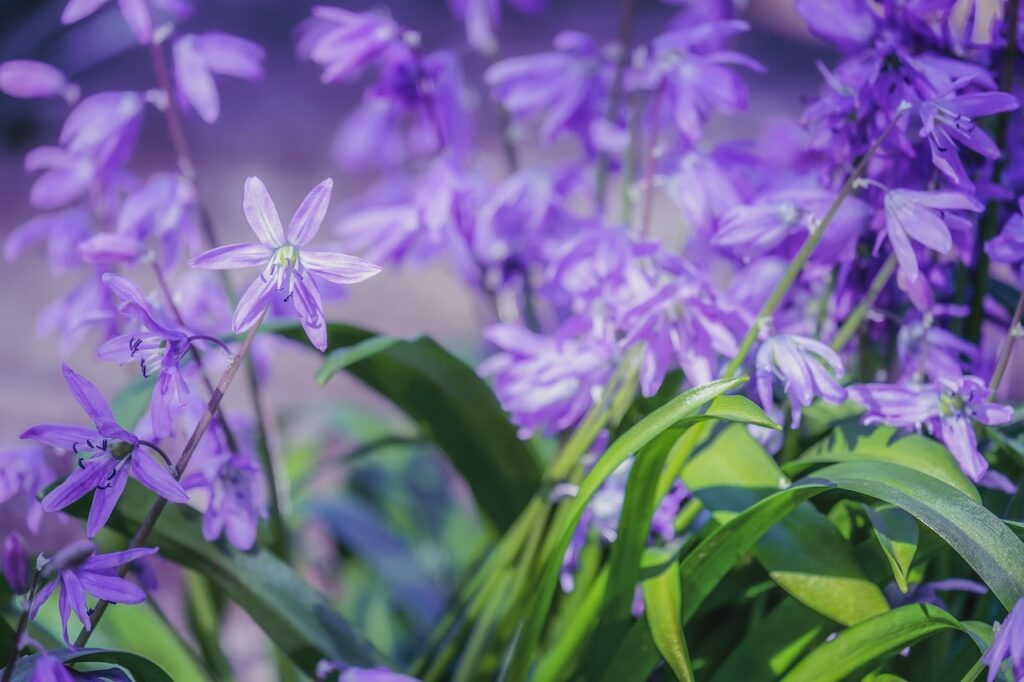
Scilla is a bulbous plant that produces star-like blossoms from spring to early summer.
In Greece and Rome, it symbolized sincerity and trust, while in medieval Europe it was used as a charm against evil.
Since the 18th century, its popularity as a garden plant has grown, especially in the Netherlands and England.
By providing partial sunlight, moderate watering, and well-drained soil, you can enjoy its beautiful flowers every year.


